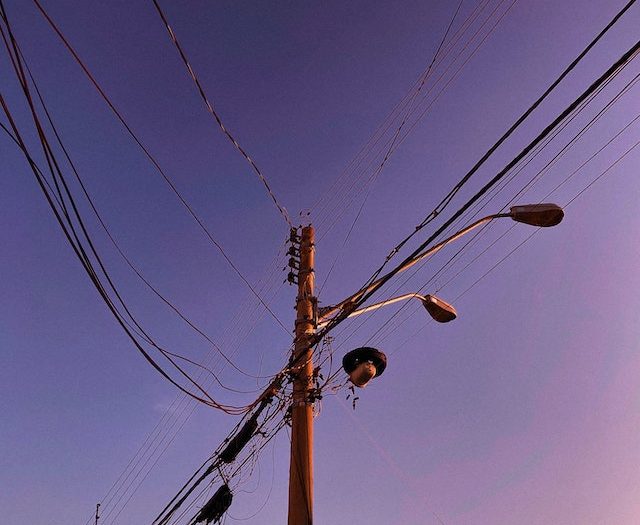In today’s fast-paced business world, having a reliable and efficient electrical system is vital for the success and safety of any commercial enterprise. Whether you’re setting up a new business location or upgrading an existing one, a well-planned and professionally executed commercial electrical installation is a critical component of your infrastructure. In this blog, we’ll delve into the essential aspects of commercial electrical installation, including planning, safety, regulations, and key considerations for a successful project.
Planning for Success
- Assess Your Needs: The first step in any commercial electrical installation project is to assess your electrical needs. Consider the types of equipment and machinery you’ll be using, lighting requirements, and any potential future expansions. This information will help you determine the capacity and configuration of your electrical system.
- Hire a Qualified Electrician: It’s imperative to work with a licensed and experienced electrician or electrical contractor for your project. They have the expertise to design a system that meets your specific needs, complies with local codes, and ensures safety.
- Create a Comprehensive Plan: A well-thought-out plan is the foundation of a successful installation. Your electrician will design a schematic that details the placement of outlets, switches, circuit breakers, and any specialized electrical components you may require.
Safety First
- Compliance with Codes and Regulations: Compliance with electrical codes and regulations is non-negotiable. A qualified electrician will ensure your installation meets local, state, and national electrical codes, guaranteeing a safe and reliable system.
- Proper Grounding and Bonding: Proper grounding and bonding are essential to prevent electrical faults, such as shocks and fires. This involves connecting electrical equipment to the earth to protect against electrical surges and failures.
- Fire Protection: Install fire-resistant wiring and electrical components to reduce the risk of electrical fires. Adequate fire protection measures, such as smoke detectors and fire extinguishers, should also be incorporated.
Key Considerations
- Electrical Panels and Distribution: Electrical panels are the heart of your electrical system. Ensure they are properly sized and equipped to meet your power distribution needs. Consider the use of circuit breakers for added safety and convenience.
- Energy Efficiency: In today’s eco-conscious world, energy efficiency is a top priority. Choose energy-efficient lighting, appliances, and HVAC systems to reduce your carbon footprint and operating costs.
- Backup Power Solutions: Consider installing backup power systems like generators or uninterruptible power supplies (UPS) to keep your business operational during power outages. This is especially critical for businesses with sensitive equipment or data centers.
- Regular Maintenance: After your installation is complete, a routine maintenance schedule is vital to ensure your system remains in top condition. Regular inspections and preventative maintenance can catch issues before they become major problems.
